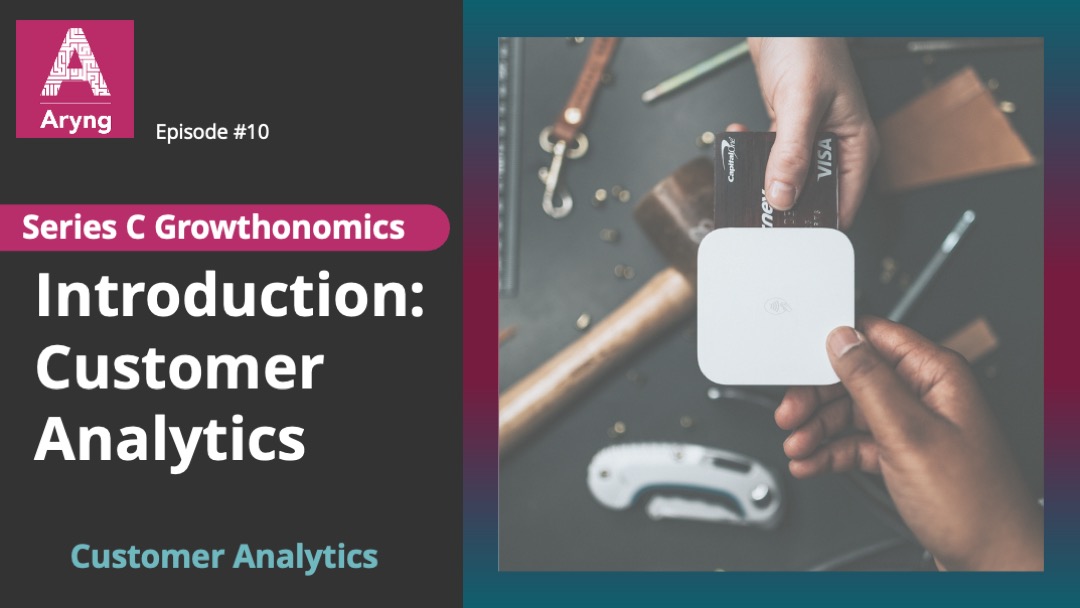“It’s not the customer’s job to know what they want.” – Steve Jobs
Back in the days when there were no automobiles, if Henry Ford had asked people what they wanted, they would have said “faster horses.” Companies cannot innovate by asking people what they want, they need to be more proactive, they need to predict what the customers need instead of what they want, and companies need to continuously create products nobody else can think of.
I would like to ask you again.
Do you think that your customers know what they want? Even if they know, do you think they would be satisfied if you provided them? Even if they get satisfied, would it be called innovation? Would a start-up be able to survive on this strategy?
Start-ups survive on innovation, but even innovation is not sufficient.
“People will forget what you said, people will forget what you did, but people will never forget how you made them feel” – Maya Angelou
In the end, it doesn’t matter how innovative your product is, what matters is how it made your customers feel. Hence, the customer experience is equally important in addition to an innovative product. This makes me question, “How do we improve our product and customer experience even when the customers don’t know what they want?”.
The answer to this question is pretty simple: “Know Your Customers, A.K.A. Customer Segmentation”.
And before we understand what customer segmentation is, let’s discuss why we need customer segmentation.
Why Customer Segmentation?
“Don’t find customers for your products, find the product for your customers”
To answer this question, let’s say that you own a men’s apparel business, a website that sells men’s clothing. When you initially started, the first set of customers you acquired would probably be of a particular kind. I would call that homogenous because maybe they were all acquired in a partnership with wedding guides or your contacts. Then as the referral business comes in, the customer base expands. This kind of business may often start in a particular region, and then it may become global. So as the startup sort of evolves, it starts attracting different types of customers, and the customer base is no more homogenous. With customers coming in from so many different places, you wouldn’t quite know what your customers are, because the customer doesn’t say I’m A and my type is X. They just evolved into that. But your product might still be the same, sending rewards and cashback to everyone and you should know that not everyone is a reward-lover. And so it would help you to know what different kinds of customers exist so you can treat them differently. So that’s why we need customer segmentation.
What is Customer Segmentation?
“The customer experience is the next competitive background”
It’s a customer analytics topic that is least understood by most organizations. It’s an analysis that gets hard to do for the organizations, some may not be able to produce results, some may do it incorrectly, and some may even quit in-between, yet it is very important to do for all organizations. Every company has its way of defining customer segmentation, some of them may include marketing segmentation and/or targeting, etc. I wouldn’t say that they are wrong, they all are right in some way or the other. Instead of being specific, I would rather generalize it to become relevant for all organizations. Here’s how I would define customer segmentation.
It is the process of dividing customers into segments or groups based on some common characteristics so that companies can understand each set of customers, treat them differently and improve their overall experience.
This brings us to the next question: What characteristics can help segment the customers?
How to do Customer Segmentation?
Now, there are so many ways of doing customer segmentation. I will cover the most important ones here.
1. Product-based
One of the most common ways of segmenting the customers is based on your product. Taking the earlier example of the men’s apparel business, you may have customers who have been in your system for more than three months and then there are others who are very new. Here, you are segmenting the customers based on the duration of the use of your product. There might be some customers who frequently purchase your main products like wedding suits and then there might be some customers who just buy accessories like cufflinks and ties. The ones who buy the main product have a higher value compared to the ones who just buy accessories. Here, you are segmenting the customers based on the products purchased. Depending on the use case, you can select the segmentation type for your customers.
2. Volume-based
Another way of doing segmentation can be based on recency, frequency, and monetary (RFM analysis). There are different ways in which you can define these three dimensions but I mention the most common ones here. Recency is how recent the customer has made the purchase (depending on the use case you may want to change it to how recently the customer visited the website/app). Frequency is how frequently the customer makes a purchase or visits the website/app. You can average it over day/week/month/year or just a total count normalized over the period. Monetary is how much revenue is generated by each customer. You might have customers whose monthly average spend is between $0 to $100, then there are customers whose spending is $100 to $200, the third category can be customers with a monthly average spend of over $200. Depending upon the use case you can segment the customers based on any one of the three ways or all three combined. When you include 3 dimensions together then you can put them into 3 buckets of the low, medium, and high for each of these categories, and this way you will have 27 segments of customers. Instead of these hard-coded segments, you can also use unsupervised machine learning to identify the distinct segment of customers using all 3 dimensions. Though RFM analysis is a more common term for this type of segmentation; a broader category is called volume-based segmentation.
3. Demographic
Then you may have customers who come from different regions/nationalities, are of different gender, various age groups, marital status’, family sizes, occupations, income levels, education levels, races, and religions. These are different dimensions based on which you can segment the customers. This type of segmentation is called demographic segmentation.
4. Behavioristic
“Knowing who your customers are is great, but knowing how they behave is even better” – Jon Miller
Another interesting way would be to analyze customer behavior. What do your customers do when they’re on your platform or outside your platform? Which features do they more often use? Which settings in your product have they enabled? Have they activated/subscribed to push/email notifications? There can be 100s of ways in which you can measure the behavior of the customers. And again depending upon what you would do with the segment of customers obtained, you will have to define which behavior characteristics would you want to use.
5. Heuristic
This is essentially not a segmentation type but a more complex way of doing it. And as always, let us understand this with an example.
In our business, some people redeem coupons, and then some people don’t. Now, it would be interesting to layer these 2 initial segments on different age groups because they have different choices. Some people are reward lovers versus those who just make purchases based on needs. Usually, the discount lovers are the ones who can generate higher revenue but lower profit. So, you may want to consider revenue and profits as the next layer. Then there are style lovers who can be really profitable and engaging segments but at the same time, they might be a small segment. This way you can generate a lot of hypotheses for your use case to define your segmentation dimensions.
I know these different types of segmentation can be overwhelming. Especially now that you know we can use so many combinations of dimensions to segment the customers on, you may question how you will define rules for each of the dimensions to obtain distinct segments. The answer to your question would be “you don’t”.
“Computers are able to see, hear and learn. Welcome to the future.” – Dave Waters
With the advancements in machine learning, you can perform these complex analyses using an unsupervised machine learning technique called clustering where you feed the different dimensions to the algorithm and you get self emerging clusters as a result. So, your job essentially is to define the correct hypothesis and decide on which parameters you would want to do segmentation.
To define your hypotheses you can think of them in three ways –
- Who are your customers?
Now, this is where you will use only demographic segmentation. - What do your customers do?
This is where product-based and behavioristic segmentation comes into play. - What do your customers think?
This comes from customer satisfaction surveys.
Now, each one of them can have a different application or use case. You might simply start with a very simple type of segmentation like new and old users or product usage or RFM analysis. Then you can take it to more complex ways of building self clusters using machine learning. This brings us to the most important question of all.
What are you going to use these customer segments for?
Before you even start with the segmentation process, you would like to answer this question first. Like always, there is no straightforward answer to this question but I will try to provide you with the most common use cases.
The reason you would do segmentation is so that you can build your product and you can customize your offerings. Once you know your customers you can customize your product for your customers. You need not know what your customers want but by using customer segmentation, you can create a user experience that your customers cannot even imagine. On the other hand, you can customize your marketing messages accordingly. Say somebody who’s a style lover may happily respond to your marketing messages which are about new styles and new fabrics which you are currently offering. Whereas somebody who is a reward-lover may respond to promotional offers or dollars saved kinds of offers. So, once you know your customers, you will know how they will react to the changes in your product or marketing messages thereby driving growth and profits.
Conclusion
There are numerous ways of doing segmentation. The most important part of all of this is to know that you want to do segmentation. Then hypothesize the use-cases of your segmentation. Once you know your use cases, you will be able to define the dimensions to be used to create your segments. Later, you would want to segment your customers into the different groupings in order to build delightful experiences for them and the delightful can be customized based on what their needs are, who they are, and hopefully, that improves the engagement of the customer to create better profits for you.
All customers are not created equal; potential profit varies. Segmentation helps companies allocate scarce resources, money, and people, where they’ll deliver the highest payoff.













